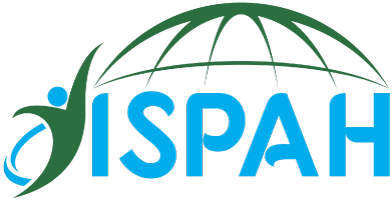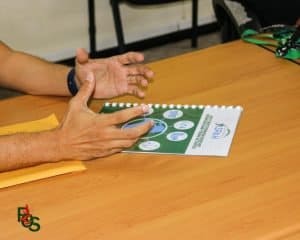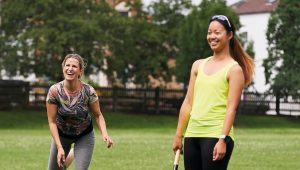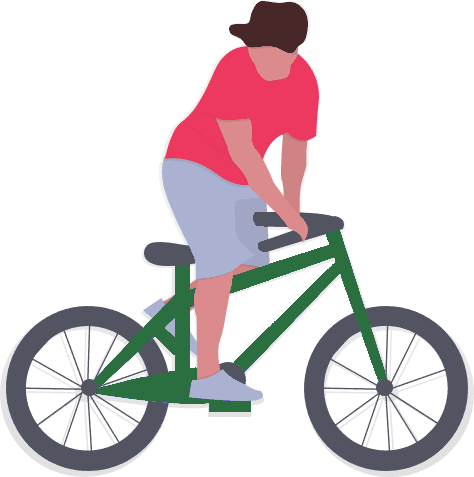Designing and evaluating a scalable whole-of-school physical activity intervention that is effective and inexpensive.
Physical inactivity is a global problem and schools are ideal settings to address this challenge. Single component interventions (e.g., physical education only) can increase students’ activity during one segment of the day, but this is not enough to increase students’ overall physical activity levels.
Whole-of-school physical activity interventions are considered the ‘gold standard’ for increasing physical activity in youth. Whole-of-school programs engage school communities to provide young people with multiple opportunities to be active throughout the day, including quality physical education, active classrooms, active recess and lunch breaks, after school activities, and the promotion of active transportation to and from school.
Even though this guidance exists, few whole-of-school programs have been ‘scaled-up’. Scaling-up means expanding the reach of health interventions that work and taking then out of controlled research situations and into the real-world. This can make the results relevant to broader policy and practice audiences. Back in 2016 there was a push for more scaling up of interventions to have population impact on physical activity.
One of the major challenges to scaling-up is minimizing ‘voltage drop’. This refers to the reduction in effectiveness that typically occurs as interventions progress from efficacy to effectiveness to implementation at-scale. We felt a large study examining the dissemination of a whole-of-school physical activity intervention was needed.
We went about this through three different phases.
First, we modified an intervention that already had an evidence base. The Supporting Children’s Outcomes using Rewards Exercise and Skills (SCORES) program was selected because we had previously demonstrated that it could improve students’ physical activity, cardiorespiratory fitness, and fundamental movement skill competency. We modified SCORES so that it could be delivered online with minimal in-person support. We then employed experienced teachers in the project who acted as external mentors to the schools.
Our work was guided by the Consolidated Framework for Implementation Research, which helped us to identify and address the barriers to implementation that contribute to ‘voltage drop’.
This resulted in our revised program, known as iPLAY . This stands for internet-based Professional Learning to help teachers to support Activity in Youth. It includes six components to promote physical activity participation, enhance student motivation toward physical activity, and develop fundamental movement skill competence.
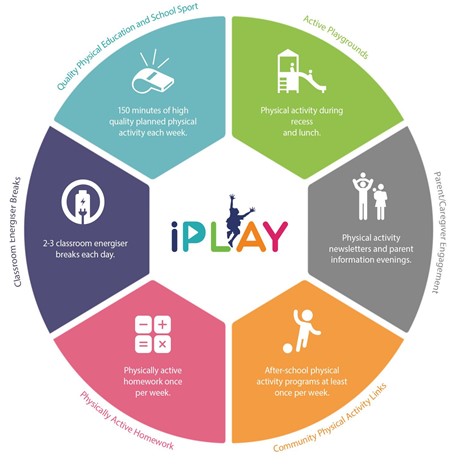
Figure 1. Curricular and non-curricular intervention components of iPLAY.
In the second phase, we evaluated iPLAY using a cluster randomised controlled trial in 22 primary schools in New South Wales, Australia. The intervention was delivered over a 12-month period, and we conducted assessments at baseline, 12- (immediate post intervention) and 24-months (long-term follow-up). Students in the iPLAY group had greater increases in cardiorespiratory fitness (primary outcome) than those who did not receive the program at the 12- and 24-month assessments. The iPLAY children also did more physical activity during the school day. Compared to other school-based physical activity interventions, the iPLAY intervention was inexpensive (US$26/student).
In the third phase, we conducted an implementation-effectiveness study guided by the RE-AIM framework. We looked at the Reach, Effectiveness, Adoption, Implementation and Maintenance of the program. The iPLAY program reached ~31,000 students from 115 primary schools, representing 7% of all government schools in NSW, Australia. Compared with students in the control group, students in iPLAY schools reported larger improvements in physical activity, well-being, and enjoyment of PE. Most of the schools implemented the curricular (59%) and non-curricular (55%) strategies as intended. Finally, based on interviews with principals, leaders and teachers, changes in teacher practices and school culture resulting from the iPLAY program were sustained in schools.
iPLAY continues to have impact in New South Wales schools via the Department of Education’s Sport and Physical Activity School Health Check’, which is based on iPLAY and designed to improve student well-being through the implementation of a whole-school physical activity intervention. However, as noted in the recent Australian Physical Activity Report Card, ongoing funding is needed to ensure that whole-of-programs such as iPLAY, achieve their potential.
Take home messages:
- Whole-of-school physical activity programs are the ‘gold standard’ for promoting physical activity in youth, but few have been scaled up.
- At 12- and 24-months, students in the iPLAY group had greater increases in cardiorespiratory fitness than students in the control group.
- The iPLAY program reached ~31,000 students from 115 primary schools in NSW (representing 7% of all government schools).
- Our study provides evidence that the iPLAY intervention can be delivered at-scale using a combination of face-to-face and online learning, and support from an external mentor. However, additional funding is required to ensure that whole-of-programs such as iPLAY, achieve their potential.
- We are currently exploring opportunities to adapt and implement iPLAY in other educational systems across the globe.
Authors and affiliations:
Prof David Lubans, Priority Research Centre for Physical Activity and Nutrition, University of Newcastle
Prof Chris Lonsdale, Institute for Positive Psychology and Education, Australian Catholic University
Dr Michael Noetel, Institute for Positive Psychology and Education, Australian Catholic University
Dr Taren Sanders, Institute for Positive Psychology and Education, Australian Catholic University
Prof Jo Salmon, Institute for Physical Activity and Nutrition, Deakin University
Prof Philip Morgan, Priority Research Centre for Physical Activity and Nutrition, University of Newcastle
Prof Philip Parker, Institute for Positive Psychology and Education, Australian Catholic University
Prof Marj Moodie, Deakin University
Prof Heather McKay, Centre for Hip Health and Mobility, University of British Columbia
The authors had no relevant competing interests to declare.
